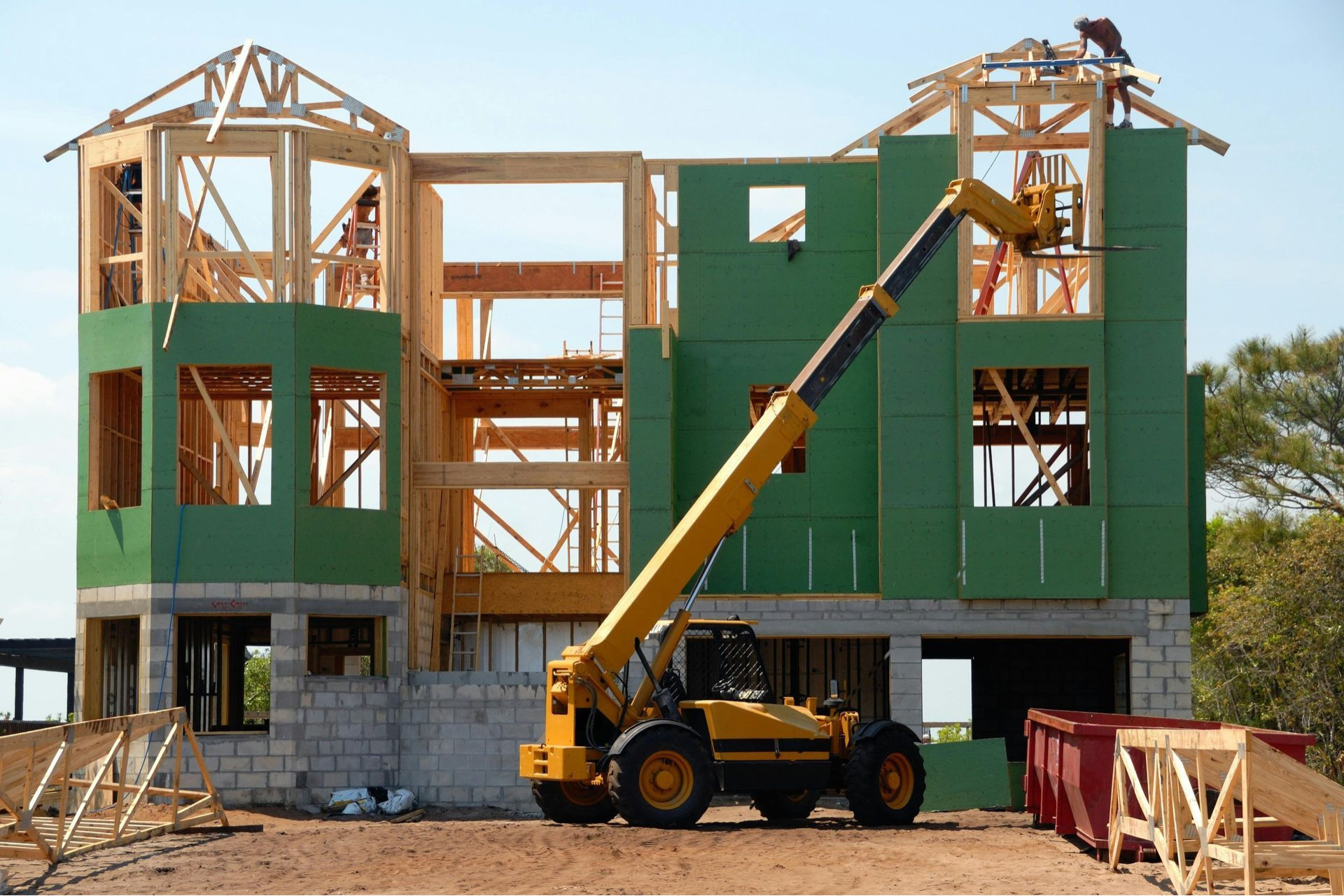
- Where are my products consumed the most?
- What is my current network's performance?
- Which regions should I focus on to increase my market coverage?
- What are the distribution channels that could propel my expansion?
- How many distributors and manufacturing agents can be part of my network at maturity?
Learn more about the geographic growth plan
Articles on the manufacturing industry

Context An outboard motor manufacturer is looking to quantify the number of potential consumers in North America that may be interested in its products based on where they live. Challenge The company mainly wanted to target customers with a second home near a waterway, since they have a socio-demographic profile that is favorable to the purchase of a boat equipped with an outboard motor. But how do you go about adequately estimating the number of second homes across the continent? Innovation To address this issue, Indicia has developed a methodology based on the overlay and analysis of several different data sources. First, Indicia used the hydrography files to map water bodies in North America in combination with cadastral databases to locate land and buildings corresponding to second homes. This information was then cross-referenced with web extractions of real estate ads of houses and land for sale, allowing the selection criteria to be further refined. Finally, Indicia integrated data from the Canadian and U.S. censuses to isolate only single-family properties with garages. Thanks to this methodology, it has become possible to precisely map and quantify the residences that meet the established criteria. Results Through this in-depth analysis, the company obtained a reliable estimate of the number of potential consumers in North America corresponding to its target market. This data has enabled it to optimise its distribution strategy and define its marketing actions with a high level of precision.

Context A garden furniture manufacturer with a network of distributors and stores is looking to open a retail outlet in a market with potential for future growth. Challenge The main challenge is to guarantee both immediate and future growth, by establishing itself in a rapidly developing area, while minimising the risks associated with poor positioning. Innovation To address this issue, Indicia used a longitudinal database of the last 20 years, making it possible to identify the economic and demographic trends of the targeted region. By combining this data with the use of centrography indices, Indicia was able to locate areas of attraction and anticipate the movements of the population and shopping centres. An analysis of housing starts over the past ten years was also conducted, since it represents a key indicator for identifying areas of high residential growth. In addition, by studying the recent opening of many points of interest such as pharmacies, grocery stores, SAQ stores and discount stores, Indicia was able to identify booming commercial axes. Finally, by combining all these elements, the future urban development could be estimated with an excellent level of accuracy, guaranteeing the company an optimal choice of location for its new point of sale. Results With this rigorous analytical approach, the company selected a strategic location in a fast-growing region, benefiting from increased visibility and access to a specialized clientele.

Context A building materials manufacturer wants to understand its accessible market by product type and its pan-Canadian market share by municipality, in order to determine its position within the industry. Challenge Since this market is highly fragmented (concrete, wood, masonry, roofing, etc.), finding the necessary data to conduct such an analysis can be complex. In fact, obtaining an estimated market share for a specific product with a high level of local precision is quite challenging. Innovation To define the market, Indicia used national housing starts data to identify areas and neighborhoods (dissemination areas) that have experienced significant residential development in recent years. These neighborhoods were categorized based on socio-demographic data from the census to create representative samples of dwellings across different population segments. For each sample, the Indicia team assessed the proportion of materials used in the houses through street-level images. The goal was to accurately replicate the typical housing for each neighborhood and population segment. Each of these typical dwellings was assigned a value based on the price and proportion of the materials used. The representative sample compiled this way was then extrapolated to the national level using the current year's housing starts data, resulting in an accurate estimate of each local market. Results This study allowed the company’s management to view its market from a new perspective and had a significant impact on its business decisions. In fact, products that were perceived to be losing momentum were revitalized, while some potential development projects suddenly became less attractive.




